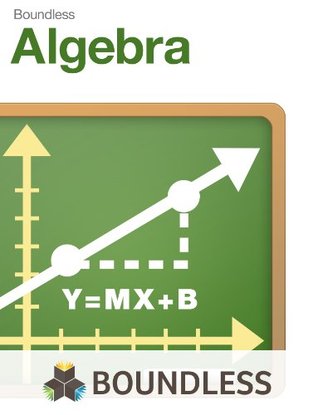More on this book
Community
Kindle Notes & Highlights
exponent, and 243 is the power or, more
specifically, the fifth power of 3, 3 raised to the fifth power, or 3 to
the power of 5. The word "raised" is usually omitted, and very often
"power" as well, so 3
5
is typically pronounced "three to the fifth" or
"three to the five."
Integer Exponents
The exponentiation operation with integer exponents
n
⋅b
From the associativity of multiplication, it follows that for any
positive integers m and n
b
m+n
= b
m⋅b
n
Arbitrary Integer Exponents
For non-zero b and positive n, the recurrence relation from the
previous subsection can be rewritten as
b
n
=
b
n+1
b
By defining this
The following observations may be made:
•
Any number raised by the exponent 1 is the number itself.
•
Any nonzero number raised by the exponent 0 is 1; one
interpretation of these powers is as empty products.
•
These equations do not decide the value of 0
0
.
•
Raising 0 by a negative exponent would imply division by 0, so
it is left undefined.
The identity
b
m+n
= b
m⋅b
n
initially defined only for positive
number. There is one nonzero digit to the left of the decimal point
and the absolute value of the exponent on 10 records the number of
places the original decimal point was moved to the left. If instead
we have a very small number, such as 0.00059, we instead move the
decimal place to the right, as in the following:
0.00059 =
5.9
10000
=
5.9
10
4
= 5.9⋅10
−4
15
In standard form, the number is written out as you are accustomed to, the ones
digit to the farthest to the right (unless there is a decimal), then the tens digit to
the left of the ones, and so on. In scientific
...more


